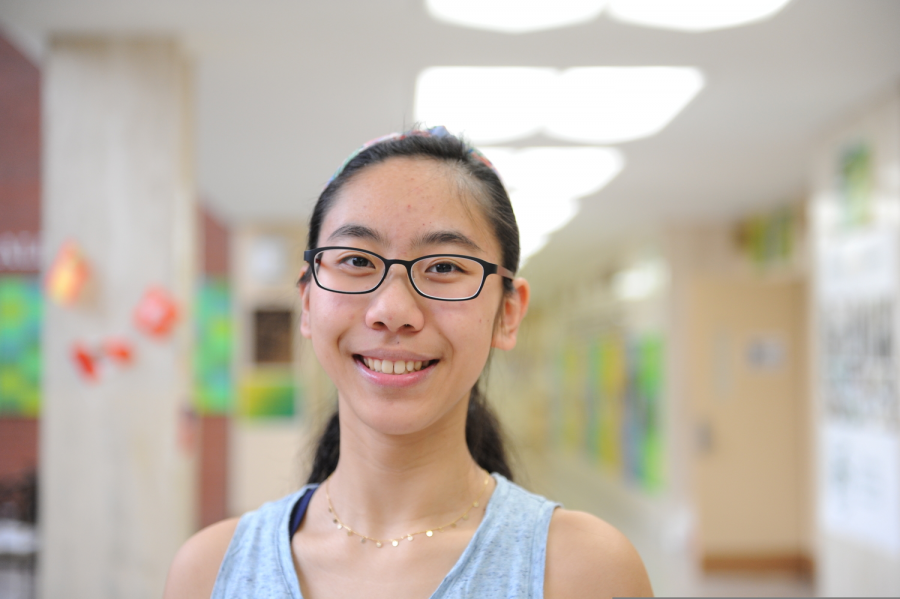Teaching Takes on Different Styles
Kaitlyn Lai ’22 finds that lesson plans that focus less on a rigid curriculum and more on engaging the students create a more comfortable learning environment. She believes that incorporating modern events, fun activities, and personal touches into lesson plans makes learning more fun and helps her to retain information better.
When it comes to Bronx Science students, excelling in academics is no surprise. Though some students tend to do better in some classes than others, their success is not necessarily due to higher intelligence. In a school with a myriad of experienced teachers at their disposal, students get exposed to a pool of learning opportunities that gives them the chance to figure out what type of learner they are.
Since every teacher employs a different teaching technique, every student’s learning experience will be unique. However, since not everyone understands and learns things the same way, no one teacher or class can determine the range of a student’s knowledge or depth of their intellect. It’s all a matter of the teacher itself and the course at hand. The diversity of individual preferences and mindsets makes it so that there is no universal teaching technique in the class setting.
AP and Regents classes also have to be taken into account in impacting teaching styles, as they require teachers to follow specific course outlines, which limits their flexibility with lesson plans. Despite these restrictions, there is still some variance in the way that courses are taught, with some teachers putting heavy emphasis on the curriculum, and others being more lenient and diverging from it. Some teachers go for a more traditional approach, such as teaching from a textbook, while others employ more interactive tactics, such as doing class debates, socratic seminars, and other class activities. This gives students the opportunity to learn from a variety of different perspectives and get used to adapting to the different learning styles.
In the case of students, some will prefer that teachers strictly stick to the curriculum, and some won’t. “A rigid curriculum is often boring, and it puts us on a set timeline. I like it when teachers teach us little things that are not part of the curriculum but that actually interest us because it makes learning a lot more engaging,” said Kaitlyn Lai ’22.
Some common types of teaching styles in employed in classrooms include the authoritative teaching style, which many Bronx Science students are intimately familiar with. It is teacher-centered and heavily relies on lectures and one-way presentations that students are expected to take notes on. This would be well suited for classes where students need to obtain a heavy load of information, but because it doesn’t foster creativity, it can hinder a student’s performance and ability to problem-solve in a classroom.
In other classes, teachers give more leeway to students as they don’t strictly rely on lectures or presentations. They will often incorporate fun activities and demonstrations, hoping to make lessons more engaging and stimulating. Some may even allow students to try to comprehend the material on their own at first and encourage them to interact with one another, such as through “turn and talks.”
There can even be differences in teaching styles among teachers working in the same department, despite the material being relatively similar. In science classes, for instance, some teachers will physically write notes on the board and teach as they go, while others will use PowerPoints to guide their lesson. “I like having notes to study from, and I like having time in class for peer discussion and building on each other’s ideas,” said Lai.
In history classes, some teachers like to give note handouts that accommodate the PowerPoint presentations, while others don’t and prefer just the PowerPoints. In some classes, teachers also like to add fun activities and personality to their lesson plans. “My favorite class is A.P. World History with Mr. Lubin. His lessons are always interesting and create a comfortable environment because he incorporates modern events, our personal issues and things we can relate to. I feel like this is something teachers should incorporate more in their lessons, because it makes the class engaging and really helps me retain information,” said Lai.
While all students have shown to demonstrate a proficient degree of knowledge in core subjects, the way they comprehend material and their preference in the way certain classes are taught certainly has a way of affecting this. Thus, as shown by the countless different teaching styles and preferences, grades alone are not enough to assess a student’s ability in class.
“A rigid curriculum is often boring, and it puts us on a set timeline. I like it when teachers teach us little things that are not part of the curriculum but that actually interest us because it makes learning a lot more engaging.” said Kaitlyn Lai ’22.
Wei Ni Zhang is a News Editor for the ‘The Science Survey.’ She finds journalistic writing to be most appealing given that it allows for different...











